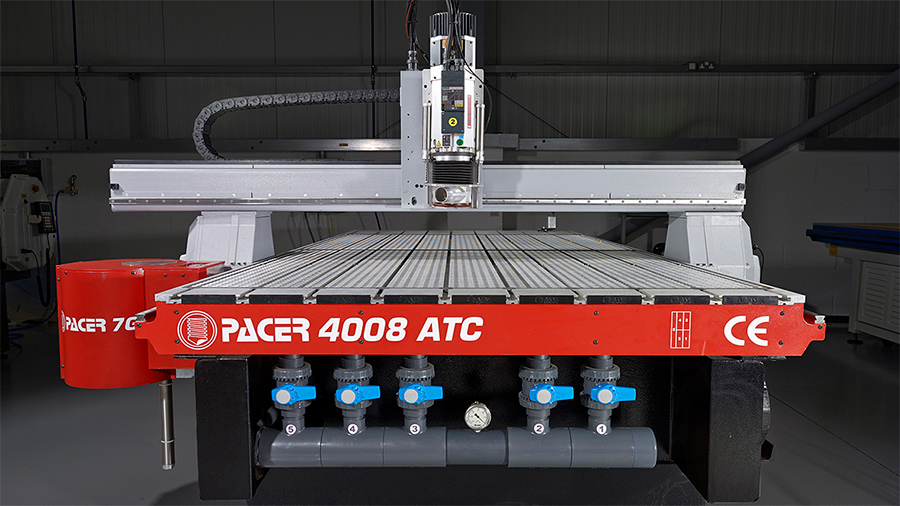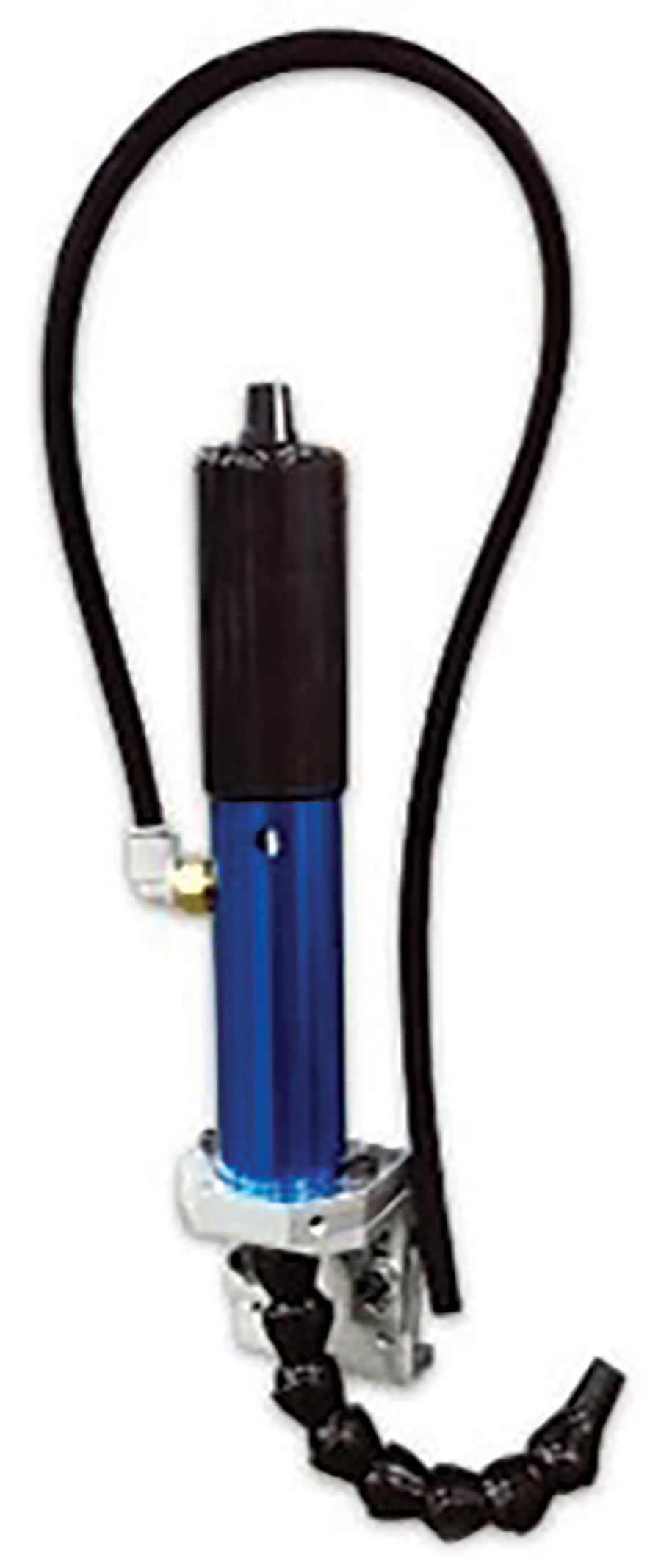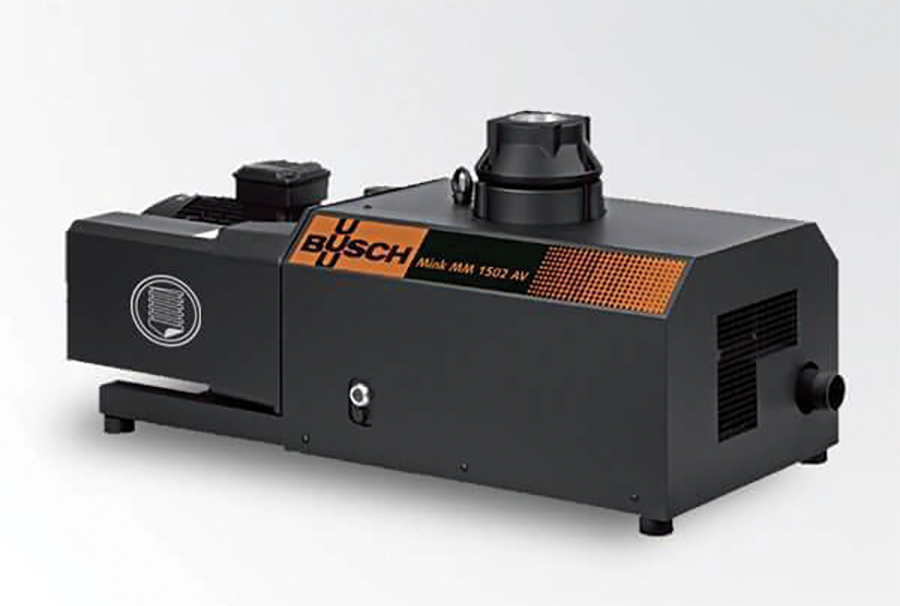SpecialFocus
Five Router Tips
for Cutting Extruded Acrylic
Fabrication
by Susan Mattine
T
he growth in demand for extruded acrylic has been exponential over the last decade. Stronger yet lighter than glass, extruded acrylic is the go-to choice for fabricators who want a durable-yet-cost-effective material for a variety of applications.
If you are just getting started with extruded acrylic, you may find it challenging to cut, even with a great router from a trusted manufacturer. These five easy tips can make the entire cutting process easier for you.
1. Source the proper material
Source the extruded acrylic from a reputable vendor. Do your research thoroughly! See what other fabricators are using or call a CNC technical expert for advice.
2. Get the right tools
For speed and quality, choose the tool best suited for your material. You will need to understand the difference between upcut and downcut blades. Upcut spiral tools are the most popular type of spiral fluted tool. Use them for grooving or slotting, for upward chip evacuation and the best finish on the bottom side of the part. Downcut spiral tools are best used for thinner materials that will be pushed down into the machine bed rather than being lifted with an upcut spiral. They can be particularly useful when using a vacuum hold down where maintaining the seal between the material and sacrificial bed is crucial.

The AXYZ Pacer is known for providing high quality precision cutting.
3. Increase the spindle speed
To cut fast, you have to move fast. Set your spindle speed to 22,000 RPM to optimize your machine’s cutting capabilities. Be careful not to cut at too high a spindle speed, as there is a risk of overheating the router bit and potentially burning or melting the material. For a more thorough understanding of router feeds and speeds, research articles online from a technical resource you trust. (Such as “Technical Tip of the Week: Are You Using the Right Speeds and Feeds?” on the blog section at axyz.com).

The Belin O flute series of tools are known for quality and durability.
4. Keep it cool
Like many other machining operations, achieving a greater finish requires adequate cooling. When plastics and acrylics are processed, it does not take long for heat to diminish the edge quality dramatically and can cause the plastic to gum up, resulting in foggy or cloudy finishes and poor edge quality. To address this issue, today’s CNC routers use cold air guns to diffuse heat when processing plastics. These optional attachments use vortex tube technology and filtered compressed air to produce sub-freezing air as low as -30˚F/-34˚C for spot cooling. The effective air cooling from a cold air gun can eliminate heat-related part growth while improving the parts’ tolerance and surface finish quality.

An example of an HSD high-powered spindle.

The Vortex Cold Air Gun is suitable for spot cooling, achieving a greater edge finish and prolonging router bit life.
5. Optimize your workflow
Use a vacuum pump to reduce the time taken between jobs. This is extremely helpful when routing small pieces, as they can easily fly off the table. Follow a regular maintenance schedule to prolong the life of your pump.

The Busch Mink Rotary Claw Pump delivers a constant vacuum and is suitable for use in a variety of applications on all CNC routers.
Conclusion
Routing extruded acrylic can be tricky, but it does not have to be. Following these tips will help you create a superior product with the edge finish you need. Integral to this process is the type of router you use.
Susan Mattine is the communications and public relations associate at the AAG head office. For more information about routers, contact AXYZ Tailored Router Solutions at 5330 South Service Road, Burlington, ON L7L 5L1 Canada; phone (905) 634-4940 or (800) 361-3408, enquiries@axyz.com or www.axyz.com.